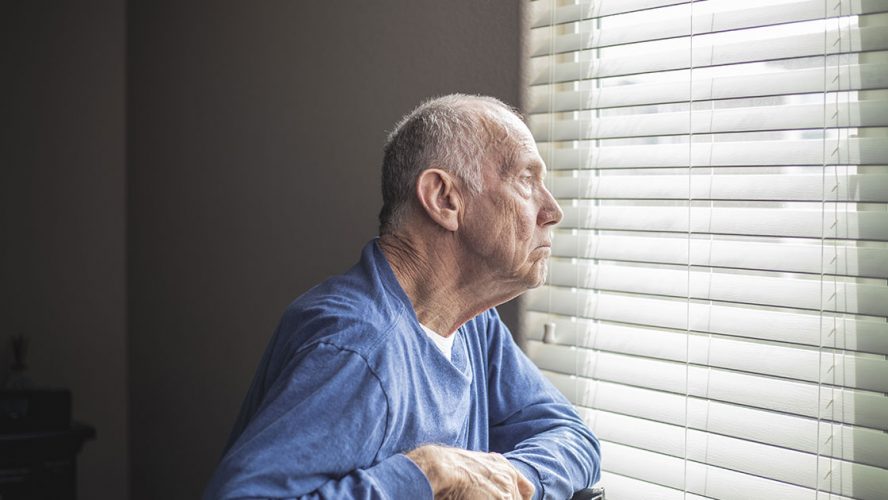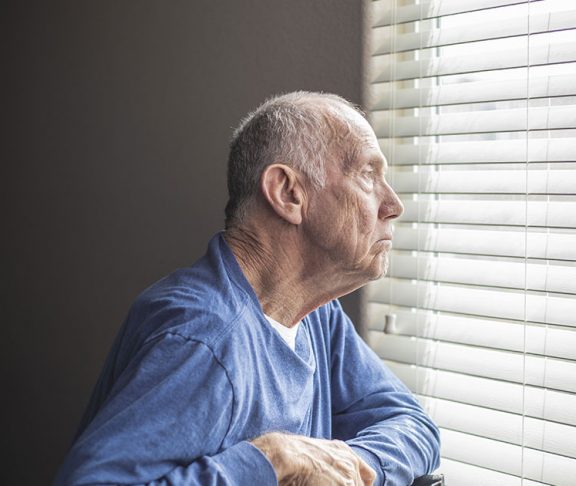The COVID-19 pandemic has made life more difficult for all people, especially those living with Parkinson’s disease (PD). Dr. Rebecca Gilbert, chief science officer of the American Parkinson Disease Association, says these are the five things PD patients are most worried about right now.

Dr. Rebecca Gilbert
Chief Science Officer, American Parkinson Disease Association
1. How to exercise
Exercise is very beneficial for people with PD and is a great activity to do with their care partners. If you can stay six feet away from others, then it is likely safe for you to go outside to exercise.
You can also exercise inside your home, accessing a multitude of online exercise options for people with PD, such as the American Parkinson Disease Association’s free “Be Active & Beyond” exercise guide, which you can access at www.apdaparkinson.org/BeActive, along with many online classes (searching for “APDA Greater St. Louis” on YouTube is a great place to start).
2. How to see the doctor
Telemedicine has flourished during the pandemic with many healthcare providers offering video visits for the first time. Contact your provider to determine if you can see them in this manner. The office staff can often walk you through the technology before the visit.
If you have an emergent problem, do not delay your medical care. Hospitals are taking necessary precautions to keep you safe.
3. How to manage increased stress
There are things people with PD and their care partners can do together to manage stress, for example: getting fresh air and exercise every day; creating a schedule with online activities like playing card games, listening to audio books, and interacting with grandchildren; and trying something new, such as creating a digital photobook or cooking a new recipe. Also be sure to take breaks from stressful news coverage.
4. How to manage professional caregivers in the home
In many situations, it is not possible for care partners to be solely responsible for all of the care someone with PD requires. If you have home health aides coming to your house, be sure they wear masks and are scrupulous about their hand hygiene. Frequently touched surfaces should be disinfected often. If any of the caregivers are not feeling well, they should NOT come to your home.
5. How to understand PD and COVID-19 risk
Although we do not think PD increases the risk of contracting COVID-19, it may increase the risk of complications once infected. People with PD tend to be over 65, which increases risk from COVID-19 (this is true for many care partners as well). PD motor and non-motor symptoms can be made worse by any medical illness, including COVID-19.
PD can cause rigidity of the chest wall, abnormalities of posture, and swallow dysfunction, which can all worsen a respiratory illness. For all these reasons, people with PD should be particularly vigilant about protecting themselves from COVID-19.
For more information about PD, and programs and services that support the PD community during the pandemic and beyond, visit www.apdaparkinson.org.

